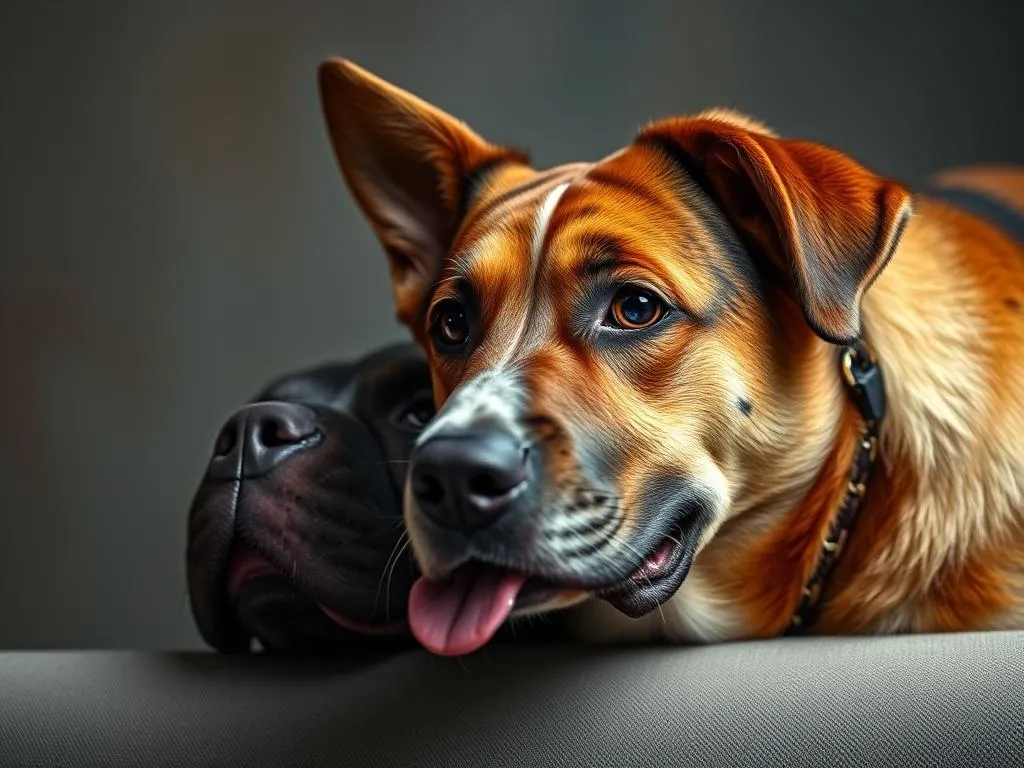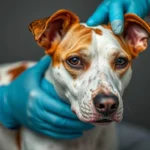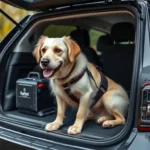
Introduction
Social anxiety in dogs is a serious concern that affects many canines, influencing their overall health and well-being. This term refers to a dog’s intense fear or anxiety in social situations, which can manifest in various ways. Addressing mental health is just as vital as physical health in dog care, making it essential for pet owners to understand and manage this condition.
The impact of social anxiety on a dog’s quality of life is profound. Dogs suffering from this issue might avoid interactions, leading to strained relationships with their owners and other pets. Understanding the statistics surrounding social anxiety in dogs reveals that approximately 20% of dogs experience some form of anxiety, with social anxiety being one of the most prevalent types.
This article will provide insights into social anxiety in dogs, including its signs, causes, diagnosis, treatment options, prevention strategies, and coping mechanisms for owners.
Understanding Social Anxiety in Dogs
Signs and Symptoms
Recognizing the signs of social anxiety in dogs is the first step toward helping your furry friend. Behavioral indicators can be quite telling:
- Excessive Barking: Dogs may bark excessively when they encounter new people or environments, a clear sign of distress.
- Growling or Whining: These vocalizations often indicate discomfort and anxiety.
- Signs of Distress: Signs may include cowering, hiding, or trying to escape when faced with social situations.
Physical responses can also be observed:
- Tail Tucking: A dog that tucks its tail between its legs is expressing fear.
- Avoidance Behavior: Dogs may avoid eye contact or back away from unfamiliar individuals.
- Trembling: Physical trembling can occur when a dog is particularly anxious.
Situational triggers are common and include:
- Encounters with strangers or unfamiliar dogs.
- Loud noises, such as thunderstorms or fireworks.
- Changes in routine or environment that can unsettle a dog.
Causes of Social Anxiety
Understanding the underlying causes of social anxiety in dogs is crucial for effective management.
- Genetic Predisposition: Certain breeds are more prone to anxiety, influenced by their lineage and genetics.
- Early Socialization: A lack of exposure to various people, animals, and environments during critical developmental stages can lead to increased anxiety.
- Traumatic Experiences: Past traumas, such as abuse or a negative encounter with another dog, can contribute significantly to a dog’s anxiety levels.
- Environmental Factors: The owner’s behavior, household dynamics, and living conditions can all impact a dog’s emotional state.
Diagnosing Social Anxiety in Dogs
Veterinary Consultation
Diagnosing social anxiety in dogs requires professional input. It’s essential to consult with a veterinarian who can distinguish anxiety from other health issues. A comprehensive assessment may include:
- Behavioral Assessments: Various tests and evaluations can help determine the severity and nature of the anxiety.
Observational Techniques
As an owner, you play a critical role in identifying signs of anxiety.
- Monitoring Behavior: Regularly observe your dog’s reactions in different environments and situations.
- Keeping a Behavior Diary: Document instances of anxiety, noting triggers, responses, and any patterns. This information will be invaluable during veterinary consultations.
Treatment Options for Social Anxiety
Behavioral Modification Techniques
One of the most effective ways to manage social anxiety in dogs is through behavioral modification.
- Desensitization and Counter-Conditioning: Gradually expose your dog to anxiety triggers in a controlled manner while rewarding calm behavior can help reduce fear over time.
- Positive Reinforcement Training: Rewarding your dog for calm behavior during stressful situations can promote confidence and reduce anxiety.
Environmental Management
Creating a supportive environment is crucial for alleviating anxiety.
- Creating a Safe Space: Designate a quiet area in your home where your dog can retreat when feeling anxious. This space should be cozy and free from disturbances.
- Routine and Structure: Maintaining a consistent daily routine can provide a sense of security for anxious dogs.
Professional Help
Sometimes, the best approach involves seeking professional assistance.
- Working with a Dog Trainer or Behaviorist: If your dog’s anxiety is severe, a professional trainer or behaviorist can develop a tailored plan to address the specific issues.
- Therapeutic Options: In some cases, medications or natural supplements may be recommended to help manage anxiety symptoms.
Prevention of Social Anxiety
Early Socialization Practices
Preventing social anxiety in dogs starts with proper socialization during their formative months.
- Importance of Early Exposure: Introduce puppies to various environments, people, and animals to foster positive social interactions.
- Socialization Classes and Playdates: Look for local classes or arrange playdates with well-behaved dogs to encourage healthy social skills.
Owner’s Role in Prevention
As an owner, your behavior significantly influences your dog’s anxiety levels.
- Modeling Calm Behavior: Dogs are sensitive to their owner’s emotions. Remaining calm during stressful situations can help your dog feel more secure.
- Education on Dog Behavior: Equip yourself with knowledge about canine behavior and anxiety through books, courses, or online resources to better support your dog.
Coping Strategies for Owners
Managing Anxiety in the Household
Creating a calm environment at home is essential for managing your dog’s anxiety.
- Creating a Calm Environment: Limit loud noises and stressful situations at home. Consider using white noise machines or calming music designed for dogs.
- Tools and Resources: Explore products like calming collars, anxiety wraps, or pheromone diffusers that can help soothe anxious dogs.
Support Networks
Connecting with other dog owners can provide valuable insights and support.
- Connecting with Other Dog Owners: Sharing experiences can offer encouragement and practical tips for managing anxiety.
- Finding Community Resources: Look for local support groups or online forums where you can discuss challenges and successes with fellow dog owners.
Conclusion
Addressing social anxiety in dogs is essential for their overall health and happiness. Understanding the signs, causes, and treatment options can significantly improve your dog’s quality of life. As a dog owner, seeking help and implementing preventative measures can lead to better outcomes for both you and your pet. Remember, a well-cared-for dog is a happy dog, and together, you can overcome the challenges posed by anxiety.









